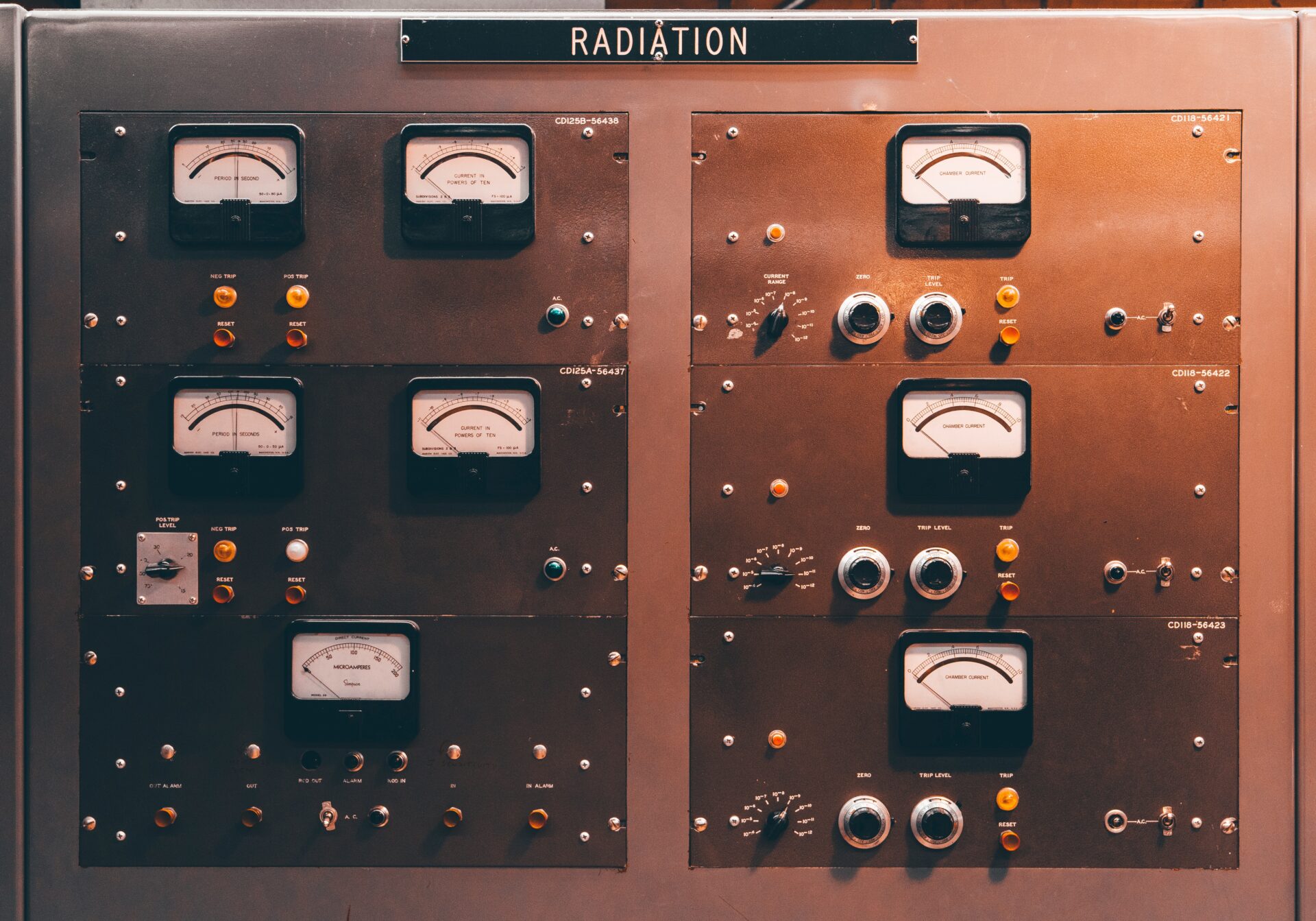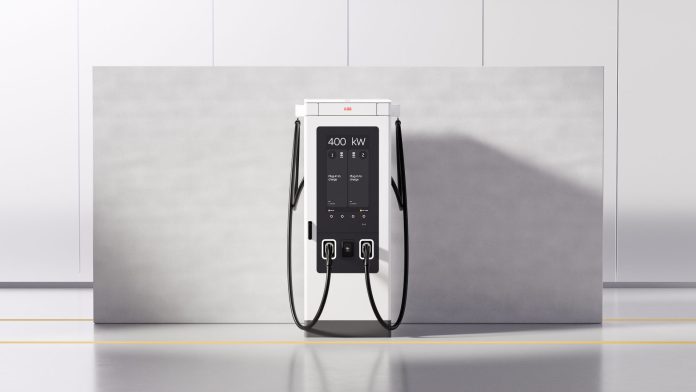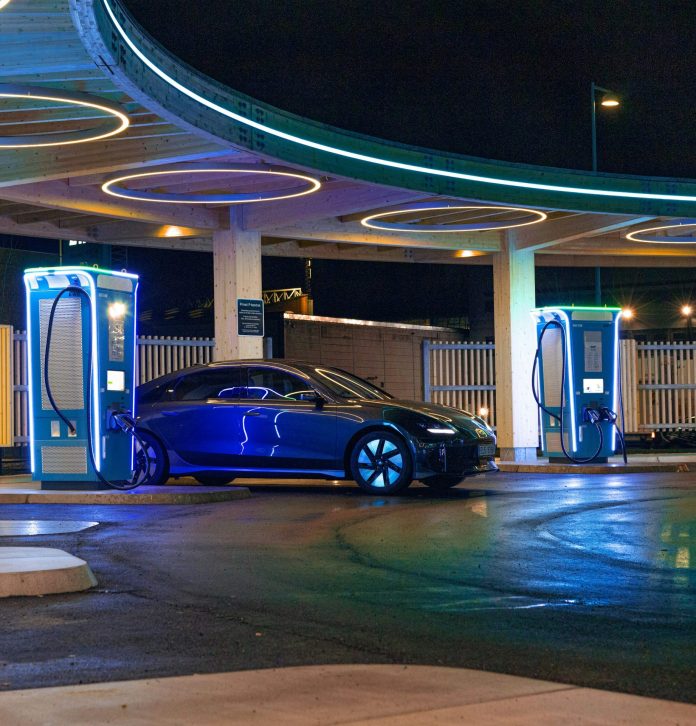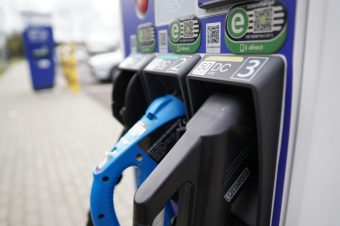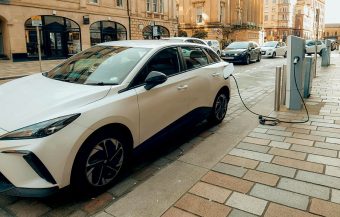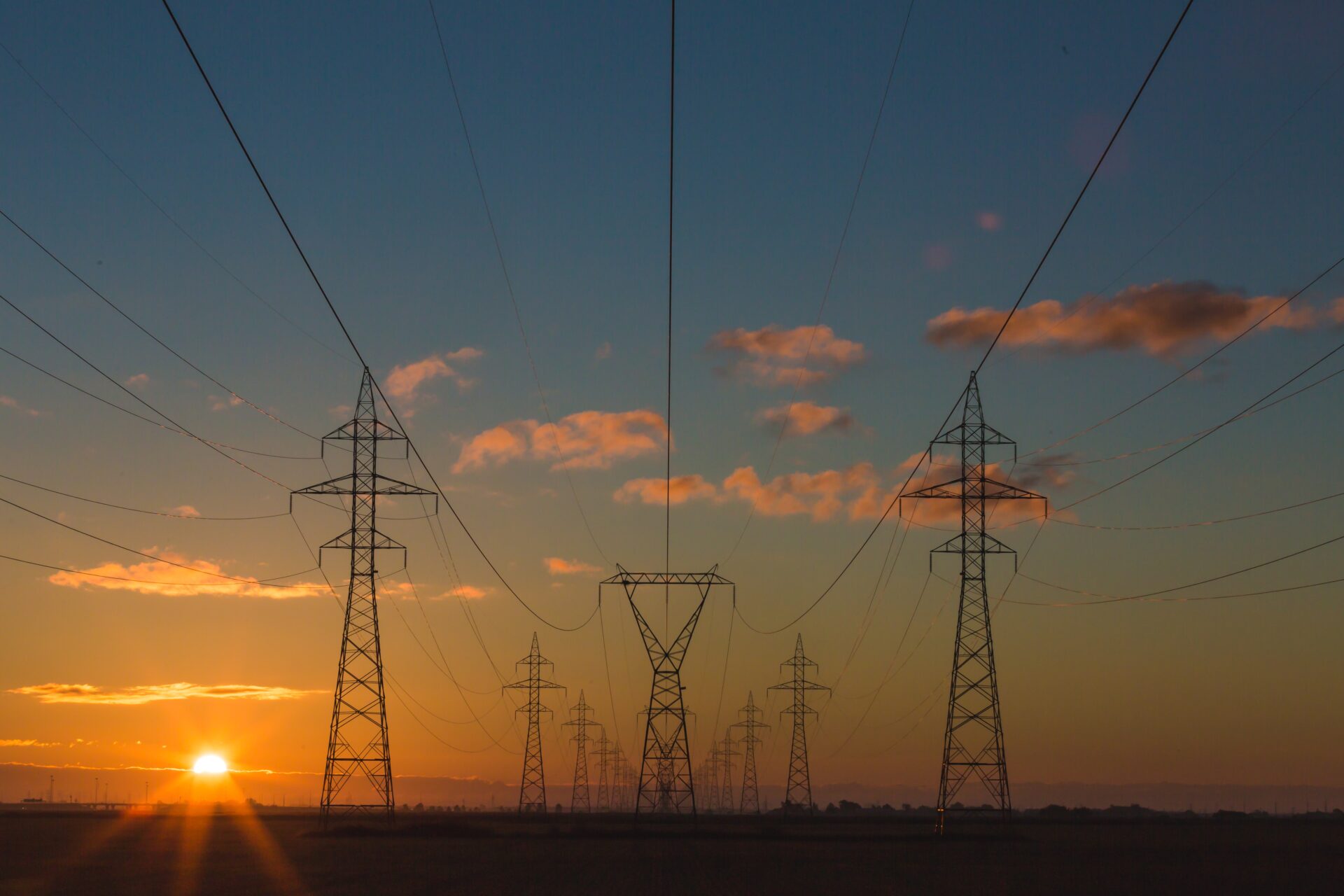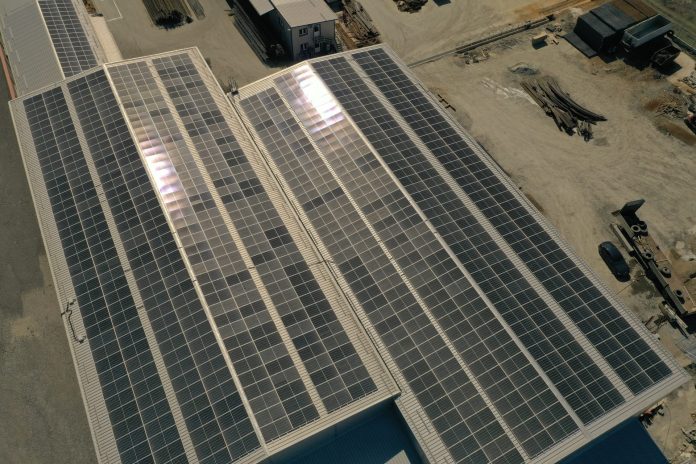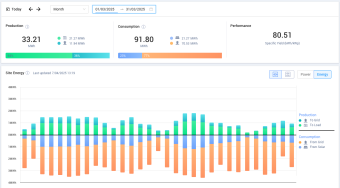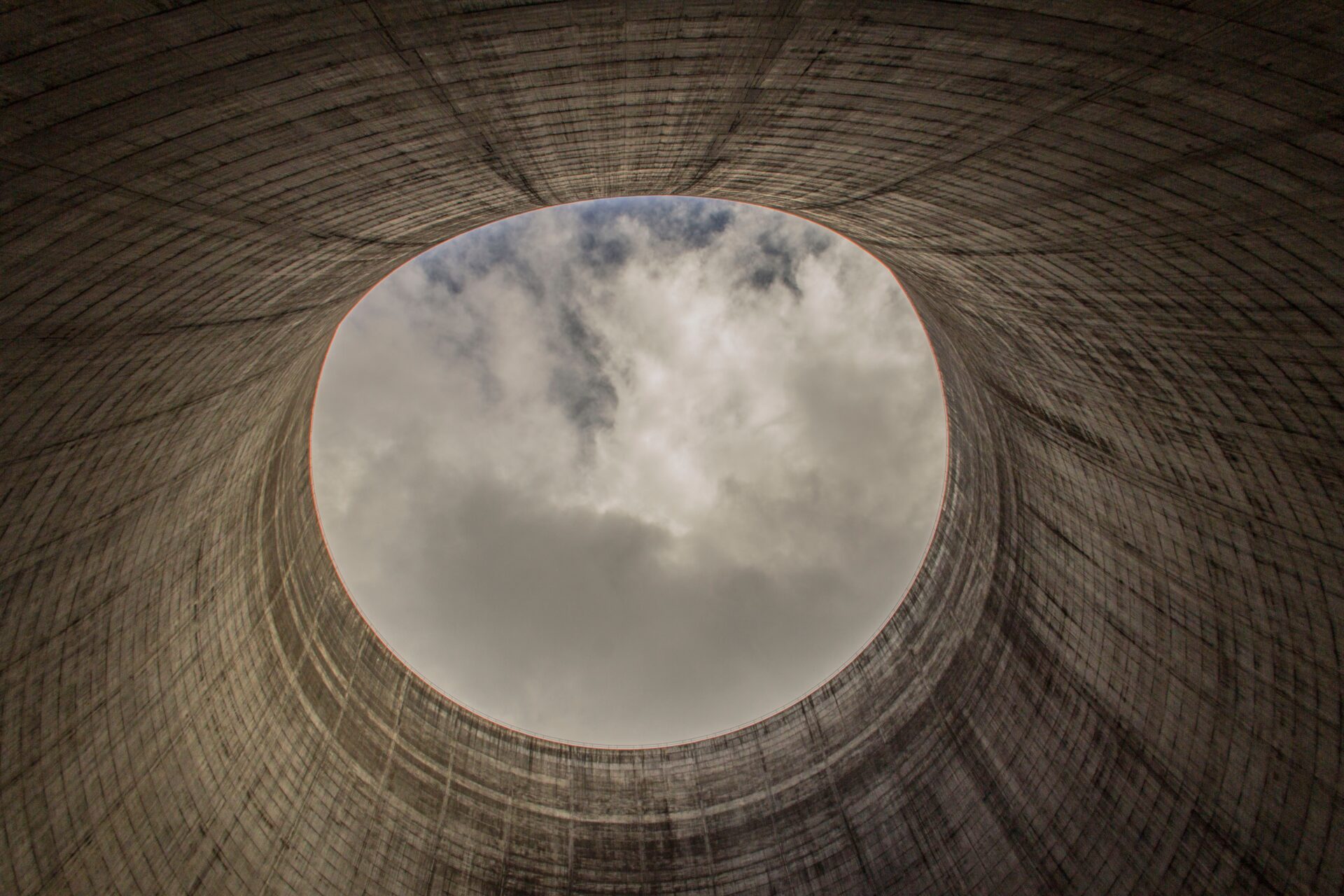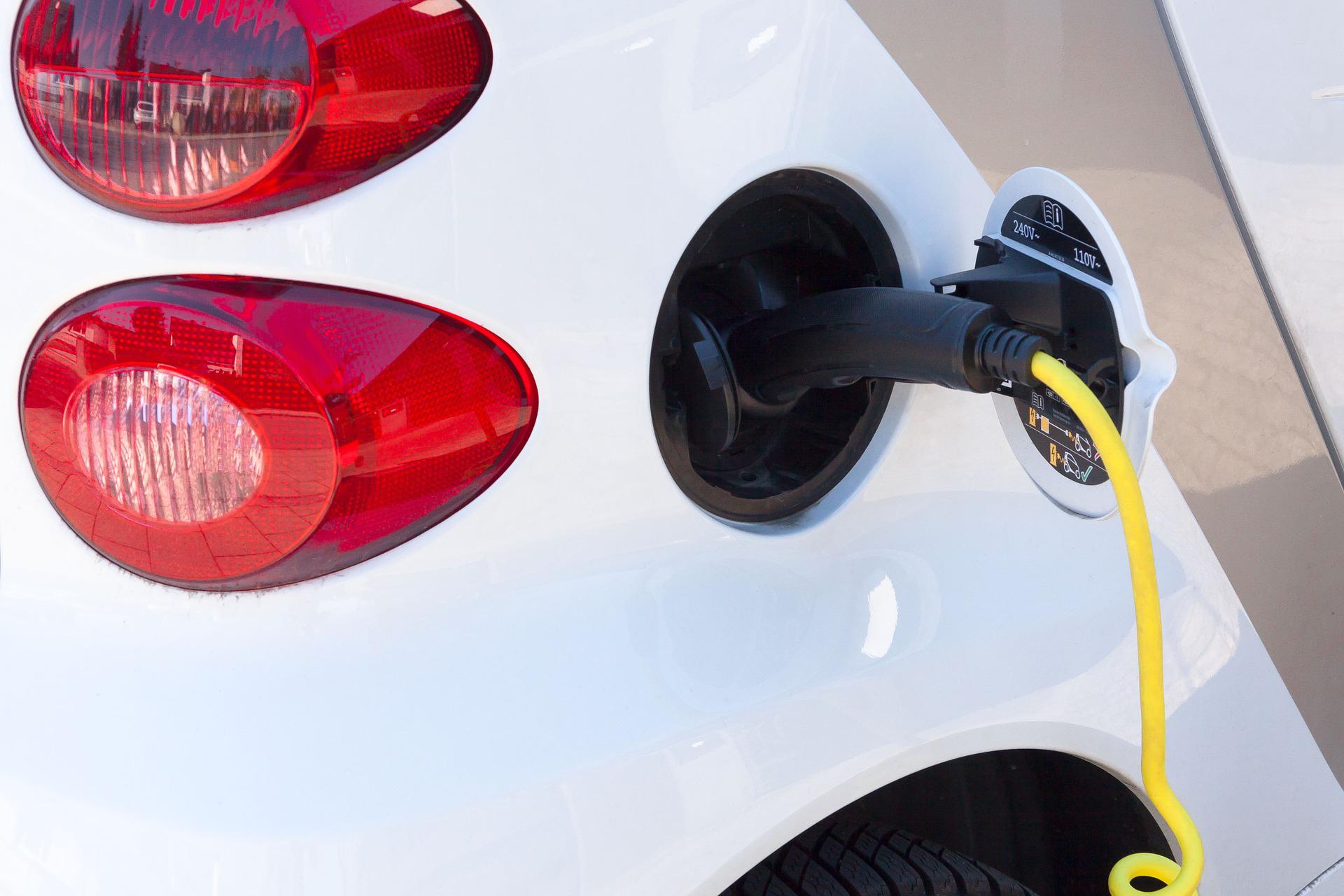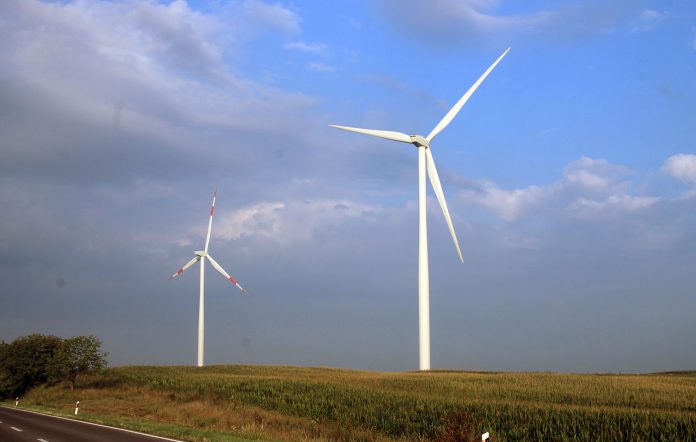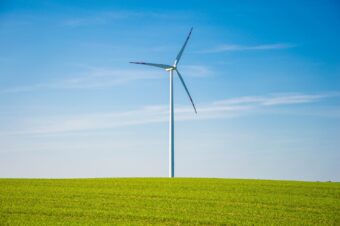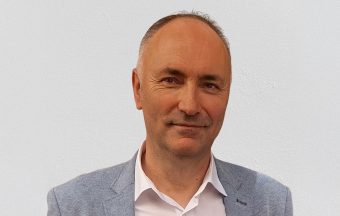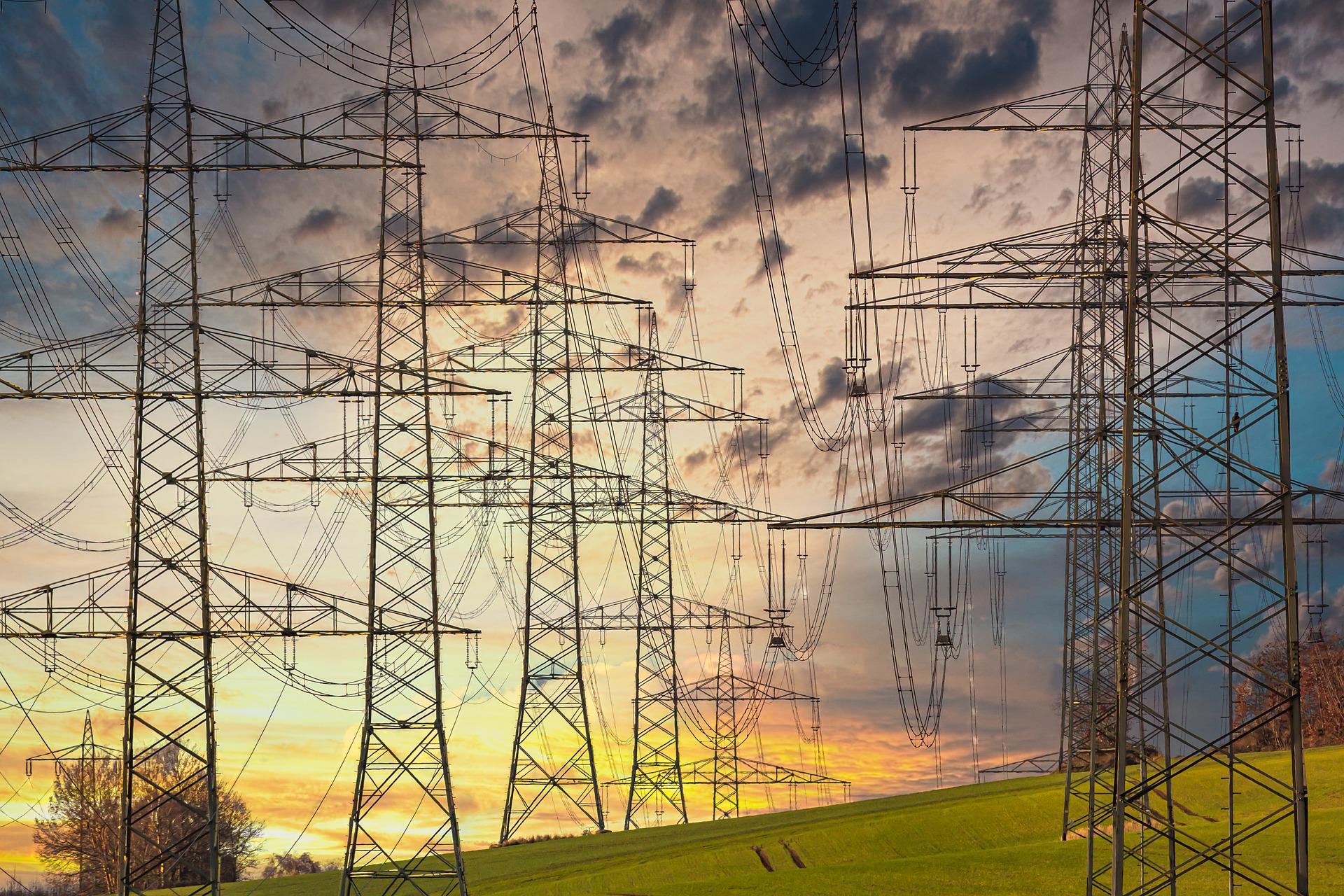The International Atomic Energy Agency (IAEA) has conducted two important safety inspections at nuclear power plants in the Netherlands and Slovenia.
In the Netherlands, an IAEA team visited the Borssele nuclear power plant in May to review the progress made in implementing recommendations issued during a previous mission in 2023. The plant, in operation since 1973 and responsible for around three percent of the country’s electricity generation, is currently set to operate until 2033. However, authorities are considering extending its lifetime to 2054, provided it can be done safely. The new report highlights that most recommendations have already been implemented, with remaining actions still in progress.
More:
- Global Battery Market: China Leads, Europe Seeks Solutions
- Ghana on Track to Become One of the First West African Countries with a Large-Scale Nuclear Power Plant
- Belgium Reverses Its Nuclear Phase-Out Policy
At the same time, a ten-day SALTO mission was completed at the Krško nuclear power plant in Slovenia, the country’s only nuclear facility, jointly owned by Slovenia and Croatia. Krško supplies as much as 40 percent of Slovenia’s electricity needs, and its operating license has been extended until 2043. The IAEA assessed that the plant is successfully implementing key measures to ensure safe long-term operation but emphasized the need to complete all remaining steps to fully align with international safety standards, according to World Nuclear News.
The inspections are part of regular international reviews aimed at strengthening nuclear safety and supporting plant operators in maintaining the highest standards. Final reports for both plants are expected within the next three months.

